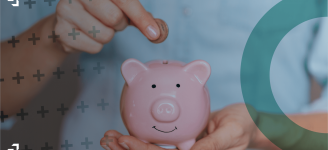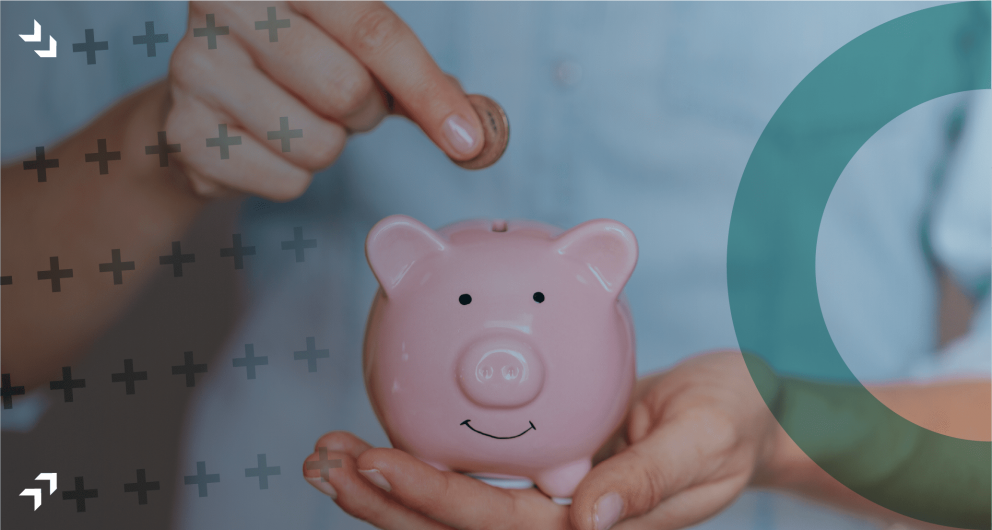- Coaches (3)
- Courses (25)
- Customer Success (10)
- Investment & Fundraising (6)
- Management & Leadership (34)
- Marketing (6)
- Prospecting (19)
- Sales (34)
- Sales Impact Academy News (23)
- Wellbeing (9)
How to Stop Churn Being an Obstacle to Scaling for Your SaaS Business

- Customer Success
- Simone McNichols-Thomas
- Estimated Reading Time: 5 minutes
Building a SaaS business is a constantly iterative process. And one of the keys to building a successful SaaS business is minimizing customer churn. But how do you manage churn most effectively, particularly when you’re scaling rapidly?
In our insightful broadcast, you’ll hear from David Skok, a world-renowned expert who has navigated the growth of many multimillion-dollar businesses, who explains how to mitigate churn by using customer success data right from the outset of your onboarding journey.
David Skok is an expert in what makes SaaS businesses successful. He is a five-time serial entrepreneur turned VC with 12 successful exits under his belt, including HubSpot, JBoss, and AppIQ. He is best known for his blog, For Entrepreneurs, rated #1 website for entrepreneurs by Inc. Magazine.
One of the key metrics David discusses as a core indicator of successful growth is customer churn.
Customer Churn
Churn is the number one SaaS business killer.
Did you know that on average SaaS businesses have a monthly churn rate of 2.5%? That’s almost a third of your customers walking out the door every single year.
The key metric to understanding churn is Net Dollar Retention (or Net Revenue Retention if you prefer a more currency agnostic term). NDR measures how revenue changes for a specific cohort of customers over a given timeframe. It takes into account upgrades, downgrades, and churn to tell you how much monthly or annual recurring revenue from current customers you retained. NDR and NRR are often used interchangeably.
What you’re aiming for is NDR > 100%, which means that additional revenue from existing customers is greater than any revenue lost by customers churning. The best SaaS businesses have NDR of 120% or greater.
Scaling your SaaS business with annual contracts
Getting your customers to pay upfront instead of monthly will have a profound effect on your cash flow. One way to reduce the risk of churn is to ask customers to sign up for a longer commitment upfront, perhaps 12 months initially, with the goal of moving to a 2 or 3-year license.
This often has the effect of lowering churn as customers are more committed to the product, and more will get through the phase of fully implementing the product and seeing benefits.
Whatever the length of your contracts, however, it’s critical to bear in mind that you can’t wait an entire year or more to see whether that customer will be lost.
Right from the outset, you need to be doing everything you can to ensure retention.
Start scoring happiness as a churn predictor
To avoid churn, you want to start immediately scoring your customer’s happiness. At Hubspot, they created something called CHI, Customer Happiness Index, and it was made up of several factors, including an onboarding score that their customers completed.
Ideally, you want to interview your customers after you’ve finished the onboarding phase.
This is to find out whether the onboarding was successful, whether they’re using the products, and getting the value out of the software. If that score is low, then you know that is going to impact your churn, and it’s a problem you can fix right away.
It’s also important to understand how to rate early adoption and use of your solution, and what leading indicators you can track which will give you insight into how ‘sticky’ your solution is.
You could, for example, track metrics such as ‘within a 60 day period, are customers using at least 5 of the 20 features?’ By creating a model through data and metrics, you’ll build indicators of customer happiness and success.
As well as measuring happiness, you can also score on items that might contribute to churn. These would be factors such as:
- Does the product frustrate them with bugs, slow performance, poor user design?
- Are there any missing integrations with other products they use?
- Does the customer service meet or exceed expectations?
With these questions, you’ll also get a churn prediction score – a great indicator for revenue growth and how much you can scale over time.
As well as customer churn and NDR, there are several other key SaaS metrics to track to avoid startup mistakes, and David uses these in every board meeting to make sure he’s on track. These help him build repeatable, scalable, and profitable growth over time – a perfect formula for any growing SaaS company.
Thank you to David for this incredibly detailed and helpful workshop! If you enjoyed this, Sales Impact Academy has a course titled ‘Customer Success Fundamentals’.





